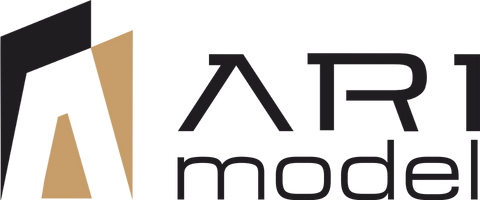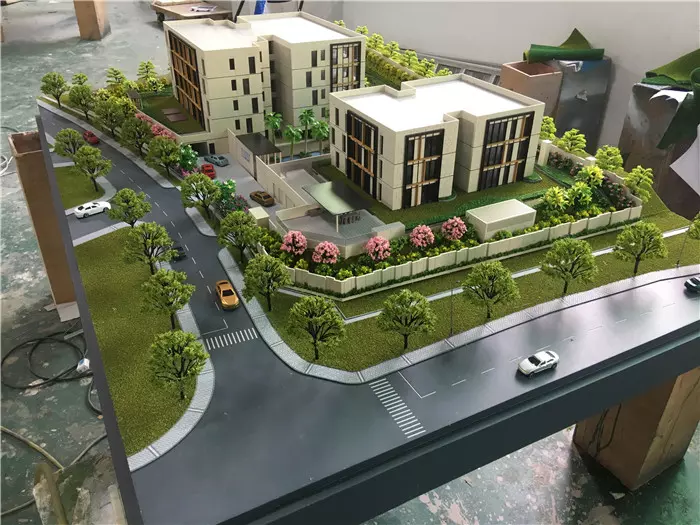Factory models are generally preferred for architectural or commercial purposes. From an architectural perspective, companies often request a three-dimensional model of the factory from the architectural firm or a model company to visualize the site layout, the relationship between units within the factory, and circulation within the factory. A product goes through different units within the factory. For example, raw material warehouses need to be close to the production unit, or the production unit needs to be close to product warehouses or the loading area. These circulations should be easily understood through factory models. From a commercial perspective, companies prefer to conduct robust marketing for the industry they are entering by creating a model of the factory. During meetings or introductions, they convey the operating principles and functioning of the facility to potential investors through the models. Factory models created during such introductions increase investors' confidence in the company. The more effective a company's introductions are, the more value and prestige it gains in the industry. Therefore, factory models are very important.





